German's conquests in Europe - WWII
World War II in Europe began when Hitler’s Nazi Germany attacked Poland. When Germany lost World War I, they were forced to sign the Treaty of Versailles. This treaty not only took land from Germany, but required that it paid huge amount of money in reparations to countries it had fought. As a result, the German economy did very poorly. The citizens of Germany were not only humiliated that they had lost World War I, but they were also poor and struggling.
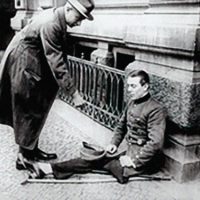
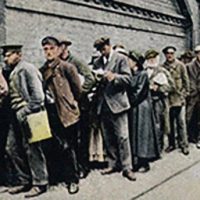

It was during this time that Adolf Hitler and the Nazi Party came into power. Hitler promised he would bring Germany back to power. Hitler was elected Chancellor of Germany in 1933. Soon he had made himself dictator. Hitler said the country needed more land or “living space”. First Hitler took over the country of Austria. Next, he took part of Czechoslovakia. The other European countries didn’t want war, so they didn’t do anything. Finally, when Germany invaded Poland in 1939, the other countries knew he would not stop. France and Great Britain declared war on Germany and World War II had begun. Prior to invading Poland, Germany had made a deal with the Soviet Union. After Poland was defeated, the country was divided up between Germany and the Soviet Union. Even though France and Great Britain declared war on Germany in 1939, there wasn’t a lot of fighting at first. On April 9, 1940 Germany invaded Norway and Denmark. Soon after that, they invaded the Netherlands, Belgium, and France. On June 22, 1940 Germany signed an agreement that gave them control of the Northern half of France. Up until this point in the war, the Soviet Union had been allied with Germany. However, on June 22, 1941 Germany invaded the Soviet Union. Then Soviet Union joined the Allies.
US in World War II
While the Nazis took control of Germany and planned for war in Europe, Japan aggressively expanded its control of territory in east Asia by invading several regions of China in 1931 and 1937. In 1940, Japan signed the Tripartite Pact with Germany and Italy, creating World War II’s Axis powers. While the United States had remained neutral in the war, it responded to Japan’s aggression in Asia with economic sanctions that caused severe shortages of natural resources that the Japanese needed for their war effort. To deter Japan from occupying more Asian territory or entering the war on Germany’s side, Washington made use of powerful economic sanctions. In July, 1941, the Japanese moved military forces into southern Indochina, and in response Washington froze Japanese assets and, along with the British and Dutch, cut off oil exports to Japan. In an attempt to prevent American interference in the Pacific war, Japan bombed Pearl Harbor, the US naval station in Hawaii in a surprise attack on 7 Dec 1941.
On December 9, 1941—two days after the attack—US President Franklin D. Roosevelt addressed the American people on the radio. Two days later, on December 11, 1941, Adolf Hitler declared war on the United States, and Benito Mussolini of Italy followed suit. Hours later, the United States declared war on both countries.
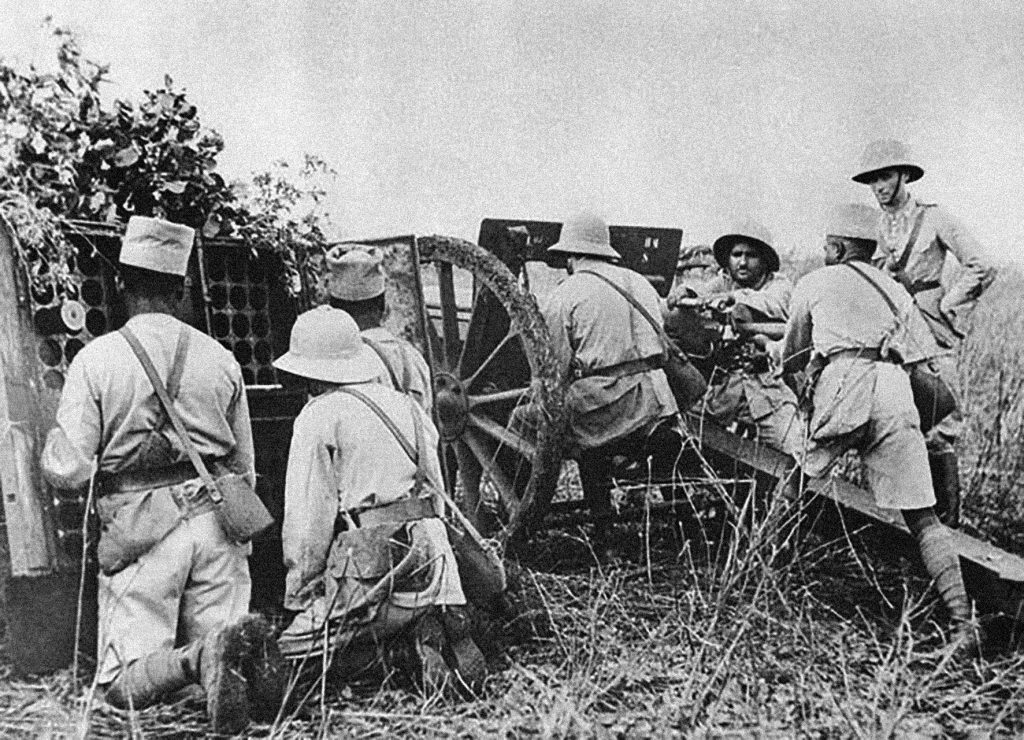

War In Pacific
In September, 1940, Imperial Japan signed the Tripartite Pact with Nazi Germany and fascist Italy. This alliance gave Japanese leaders the security they needed to expand their designs for an East Asian empire into Indochina and beyond. Their ambitions brought them into conflict with the United States, a conflict that erupted into war with the attack on Pearl Harbor in December, 1941. Pacific War itself began on 7/8 December 1941, when the Japanese invaded Thailand and attacked the British colonies of Malaya, Singapore, and Hong Kong as well as the United States military and naval bases in Hawaii, Wake Island, Guam, and the Philippines.
The Japanese attack had several major aims. First, it intended to destroy important American fleet units, thereby preventing the Pacific fleet from interfering with Japanese conquest of the Dutch East Indies and Malaya, and to enable Japan to conquer Southeast Asia without interference.
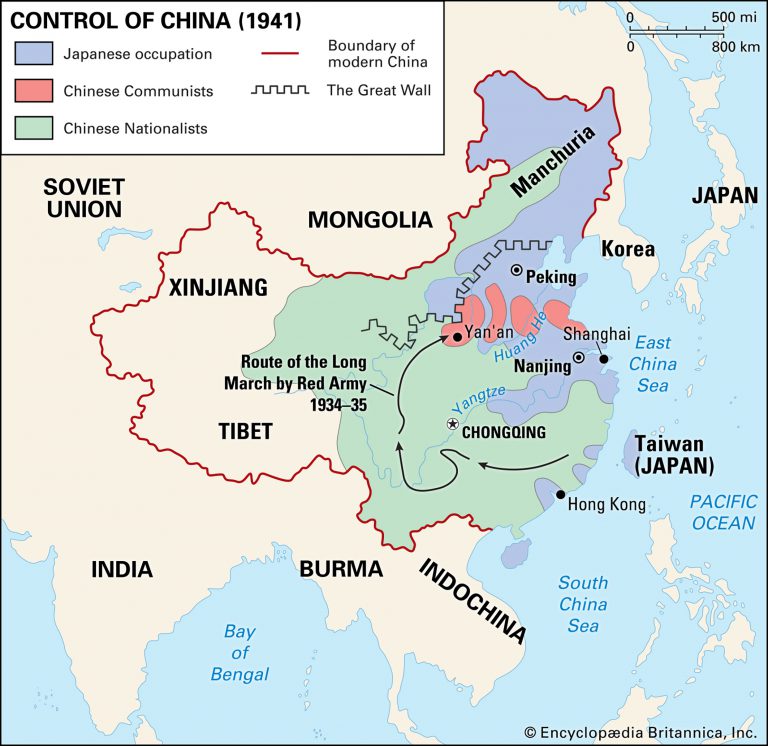
The Japanese quickly took over much of Southeast Asia and were well on their way to dominance by 1942. However, the US won a critical battle called the “Battle of Midway” on June 4, 1942. Badly outnumbered, the US Navy sunk four Japanese aircraft carriers and forced the Japanese to retreat. Winning this battle gave the Americans cause for hope and was a turning point in the war in the Pacific.
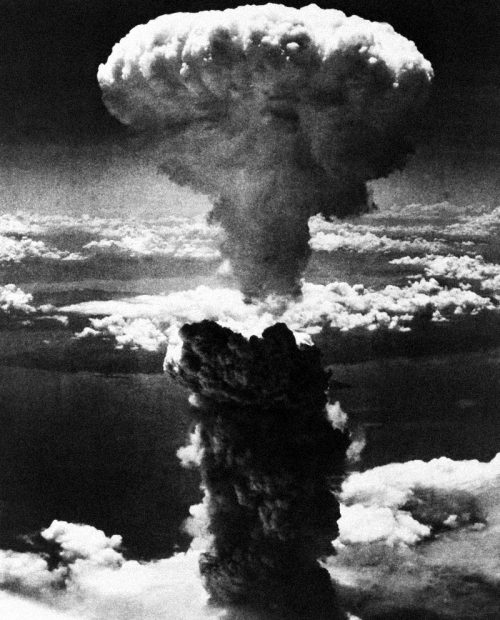
After the Battle of Midway the United States began to fight back against the Japanese. They fought to take over strategic islands in the Pacific. One of the first major battles was over the island of Guadalcanal. After fierce fighting the US was able to take the island, but they learned that fighting the Japanese was not going to be easy. There were many battles over islands in the South Pacific, and these included Tarawa, Saipan, and Iwo Jima. American leaders felt that the only way to get Japan to surrender would be to invade the main island of Japan. However, they feared this would cost the lives of up to 1 million US soldiers. Instead of invading, President Harry S. Truman decided to use a new weapon called the atomic bomb. The first atomic bomb was dropped on Hiroshima, Japan on August 6, 1945. It completely destroyed the city and killed thousands and thousands of people. Japan did not surrender. Another atomic bomb was dropped on Nagasaki, Japan and finally the Japanese decided to surrender.